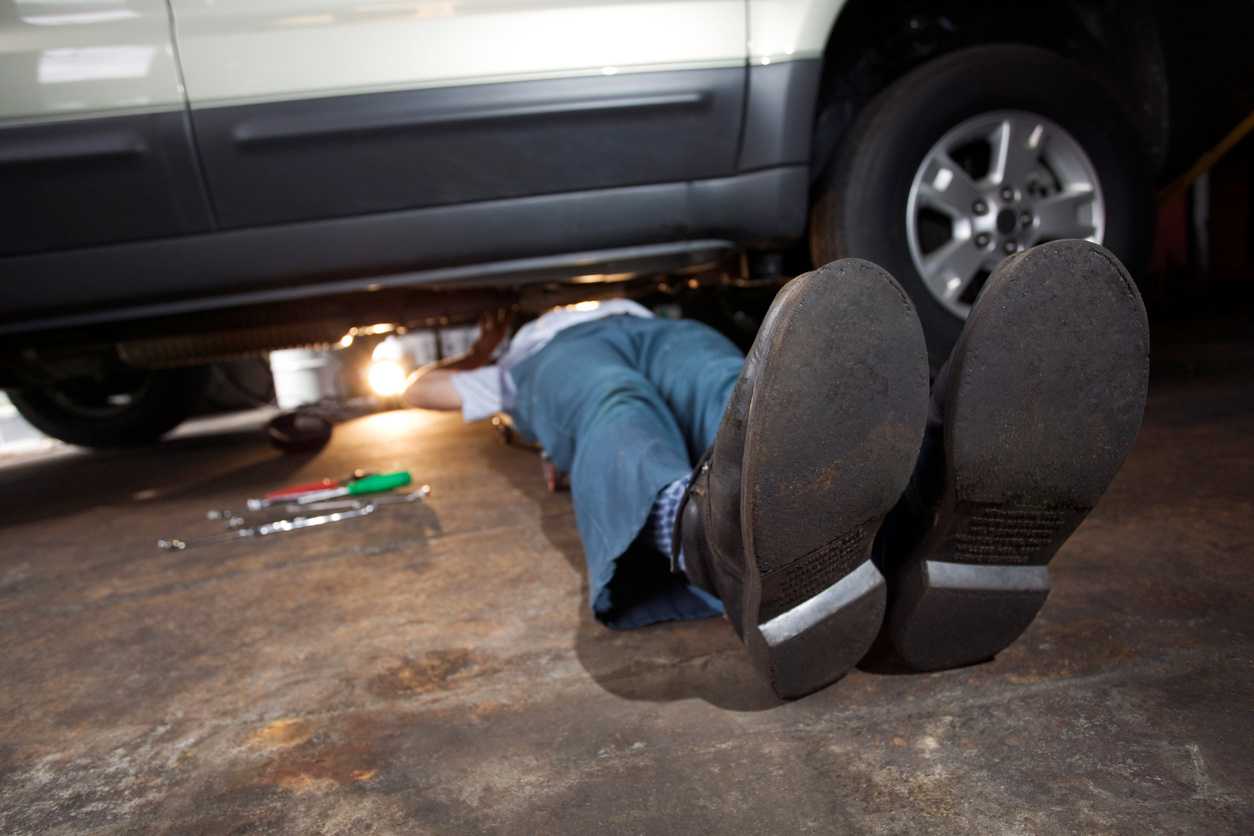My immediate aim is to finalise the cable and pipe routings through the central tunnel before I start to box this in with side panels.
I have made a reasonable guess at a brake pipe routing so the next pipes are the fuel pipes. To get a fixed datum for the fuel pipes I have decided to start at the back with the low pressure fuel pump and fuel filter. These are mounted on a GBS supplied mounting plate which has pre-drilled holes for the chassis mounting points, the filter bracket and the rubber fuel pump mountings. Positioning the mounting plate and marking the position for the rivnuts on the chassis was straight forward. Drilling the chassis mounting points to 9mm for the rivnuts was a little tricky as it is difficult to get the drill in the right position to drill squarely. But with a little perseverance…..Mounting the low pressure fuel pump and filter was straight forward although I did choose to add a piece of plastic between the collar and the filter to improve grip, taking care to make sure that the jubilee clip is accessible from above (the eventual boot).
Next I mounted the high pressure fuel pump on the drivers bulk head and riveted the mounting bracket for the swirl pot onto the chassis. As with the low pressure fuel pump mounting bracket it is difficult to get a good angle for drilling the rivet holes for the swirl pot mounting bracket. Unfortunately GBS supplied small self-tapers in the swirl pot fixing kit instead of 20mm M6 bolts for the rivnuts. As I will be heading up to GBS tomorrow I will pick some up there then and complete the installation.
Before I head up to Newark tomorrow I wanted to get a good feel for the routing of the pipes and cables so that I know what to look for. So I threaded the fuel pipes and loom through the central tunnel to get the feel of it. The problem area seems to be above the handbrake Y adaptor and through into the rear compartment. There is not a lot of room and a great risk of the cables/pipes chaffing against the moving parts of the handbrake. I will have a very close look at this at GBS tomorrow.

